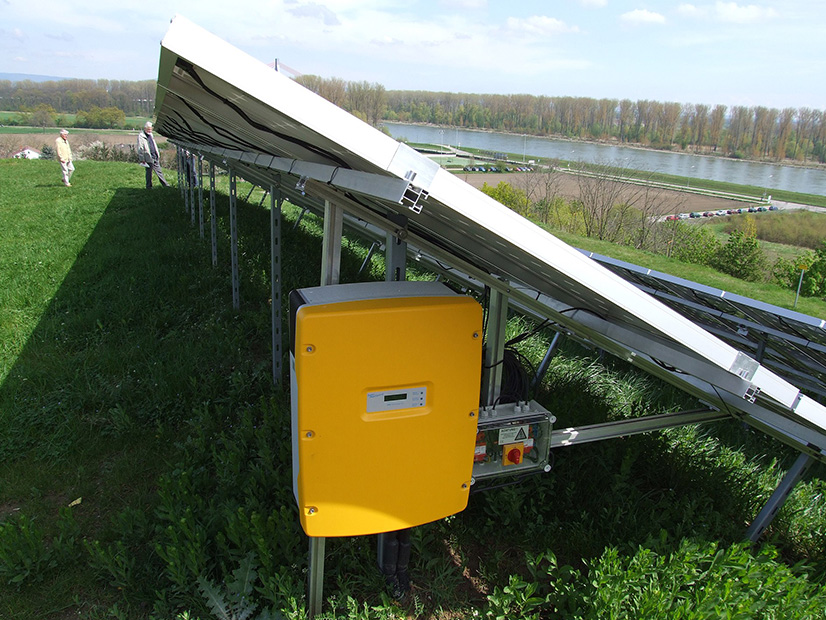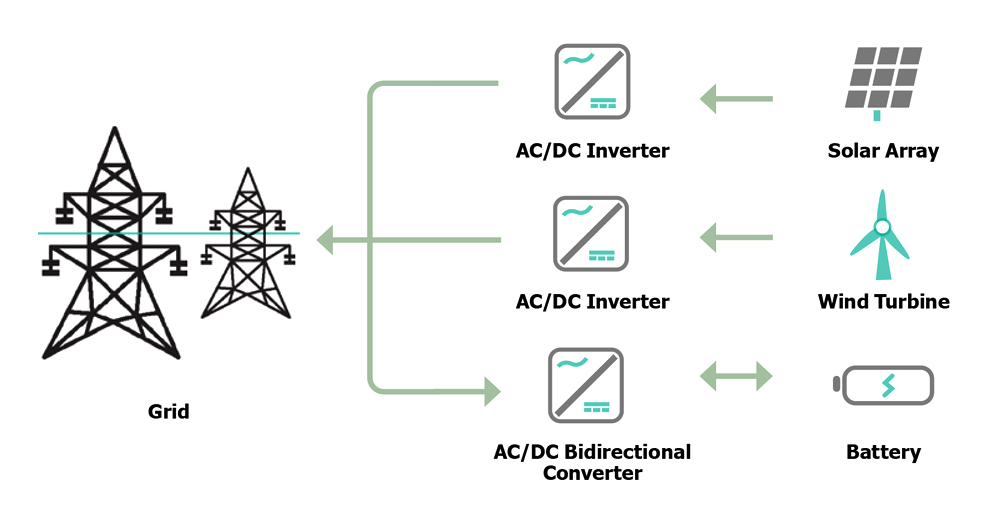
The New York State Reliability Council’s Executive Committee on Feb. 9 approved a final rule for interconnecting inverter-based resources (IBRs) larger than 20 MW (PRR-151).
The rule aims to reliably integrate large-scale IBRs into New York’s power grid by establishing minimum interconnection standards. It requires developers attest that their facilities comply with the IEEE 2800-2022 standard, which set uniform minimum requirements for the interconnection, capability and performance of IBRs.
According to the council’s Reliability Rules Subcommittee (RRS), over 120 GW of large IBRs are currently in NYISO’s interconnection queue. This bottleneck, coupled with the increasing number of IBRs seeking interconnection in New York, prompted the council to act. (See New York Considering Standards for IBRs.)
The committee spent more than a year working on the rule, including multiple stakeholder meetings, establishment of an IBR working group and two rounds of stakeholder comment periods. The approved rule incorporated stakeholder feedback to refine attestation requirements and exemptions for evolving technology to ensure flexibility for future IBR integration. (See “PRR-151,” NY State Reliability Council Executive Committee Briefs: Jan. 12, 2024.)
During the committee’s meeting, Richard Bolbrock, former EC chair, asked about the evaluation process for PRR-151 exemption requests.
Roger Clayton, chair of the RRS, responded that the process “will have to be developed” because it is “highly technical,” and “making those sorts of evaluations is going to be a challenge.” He reminded the EC that “this is the first phases of our effort” and that the purpose was to standardize the rules surrounding IBRs “so that we don’t have a hodgepodge of designs” and “get ourselves into a situation like Texas did.” (See NERC Repeats IBR Warnings After Second Odessa Event.)
Glenn Haake, vice president of regulatory affairs at Invenergy, raised concerns about the feasibility of adhering to the IEEE standard, saying, “The models that the OEMs (original equipment manufacturers) have, in many cases, are a work in progress.” Haake emphasized the need for a process that accommodates evolving equipment capabilities without hindering project development. “There needs to be a way to recognize the reality that this equipment is evolving and being improved to meet these standards, but currently, we don’t have the models, and I don’t know what models are available that do comply,” he said.
Clayton responded that there are risks that a project could be found noncompliant with IEEE 2800 without the required attestation, but it is on developers to comply with the new rule.
Zach Smith, vice president of system and resource planning at NYISO, applauded the council for the new rule, saying, “I think it is really valuable that New York is taking a lead on this, and I think it is going to inform NERC, as well as the rest of the industry in terms of the implementation of IEEE 2800.”
PRR-151 will be incorporated in NYISO’s future interconnection review processes, excluding ongoing Class Year 2023 projects, to guide the ISO in incorporating IBR performance criteria and model validation methods into its interconnection studies.



